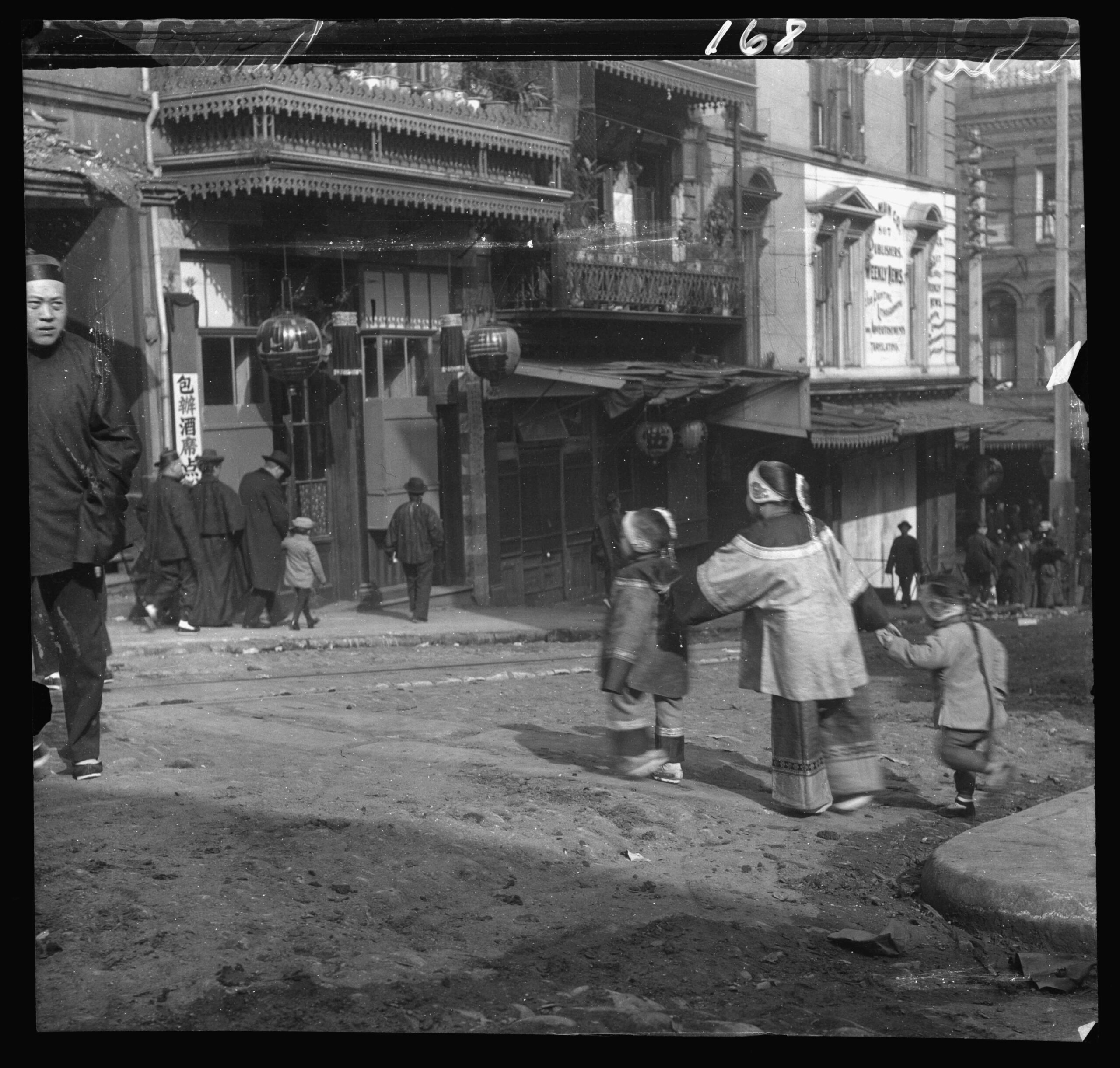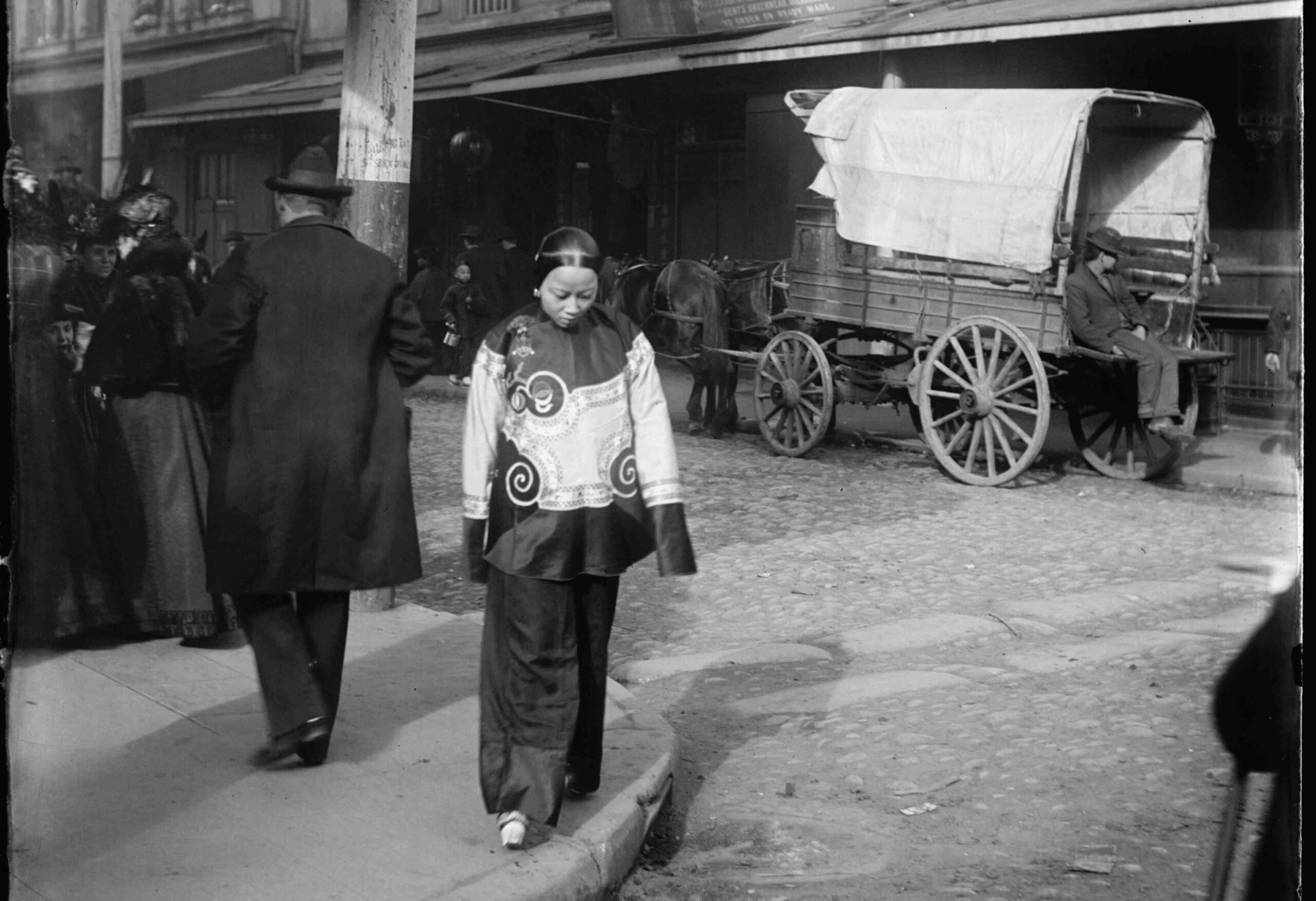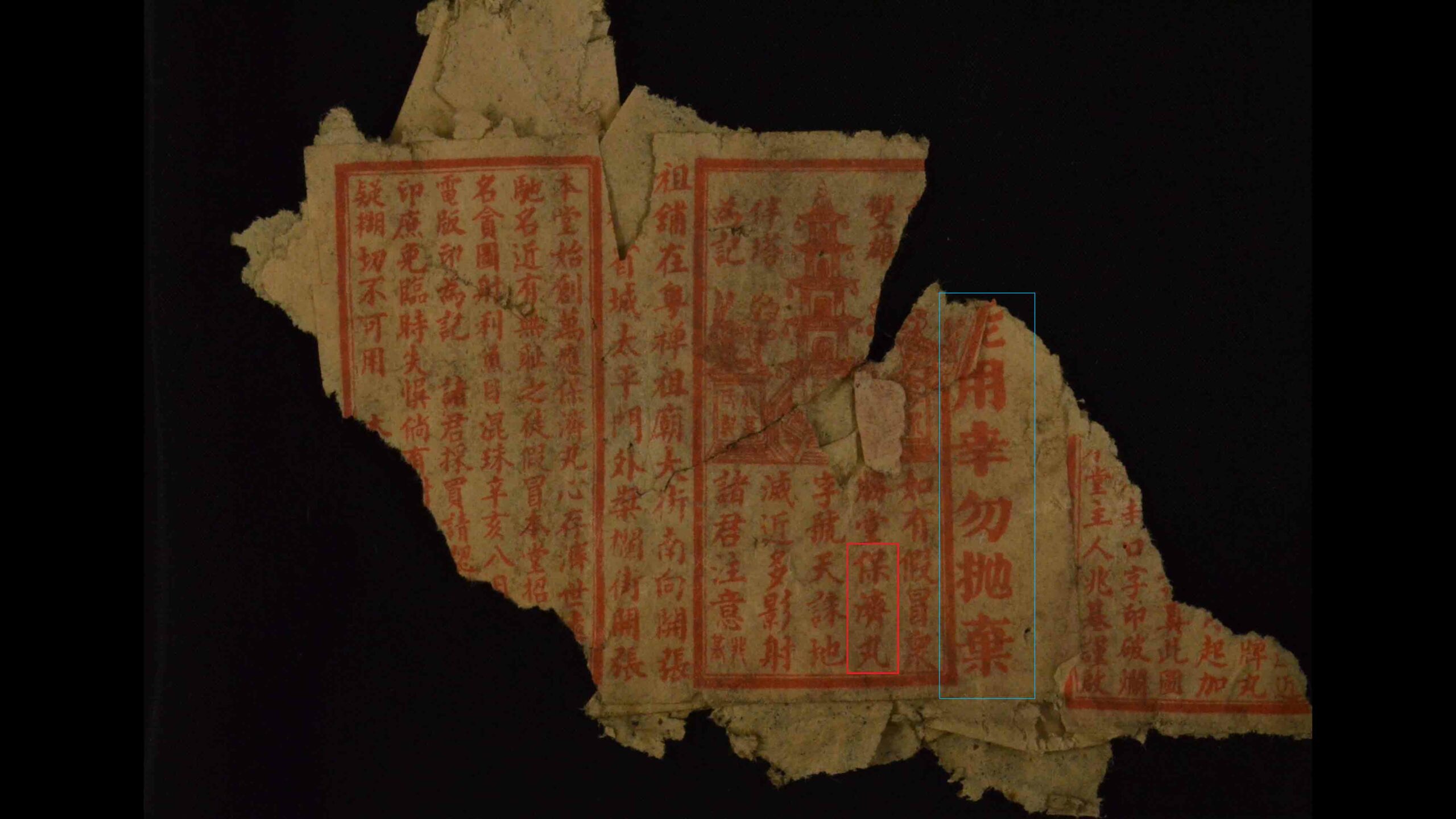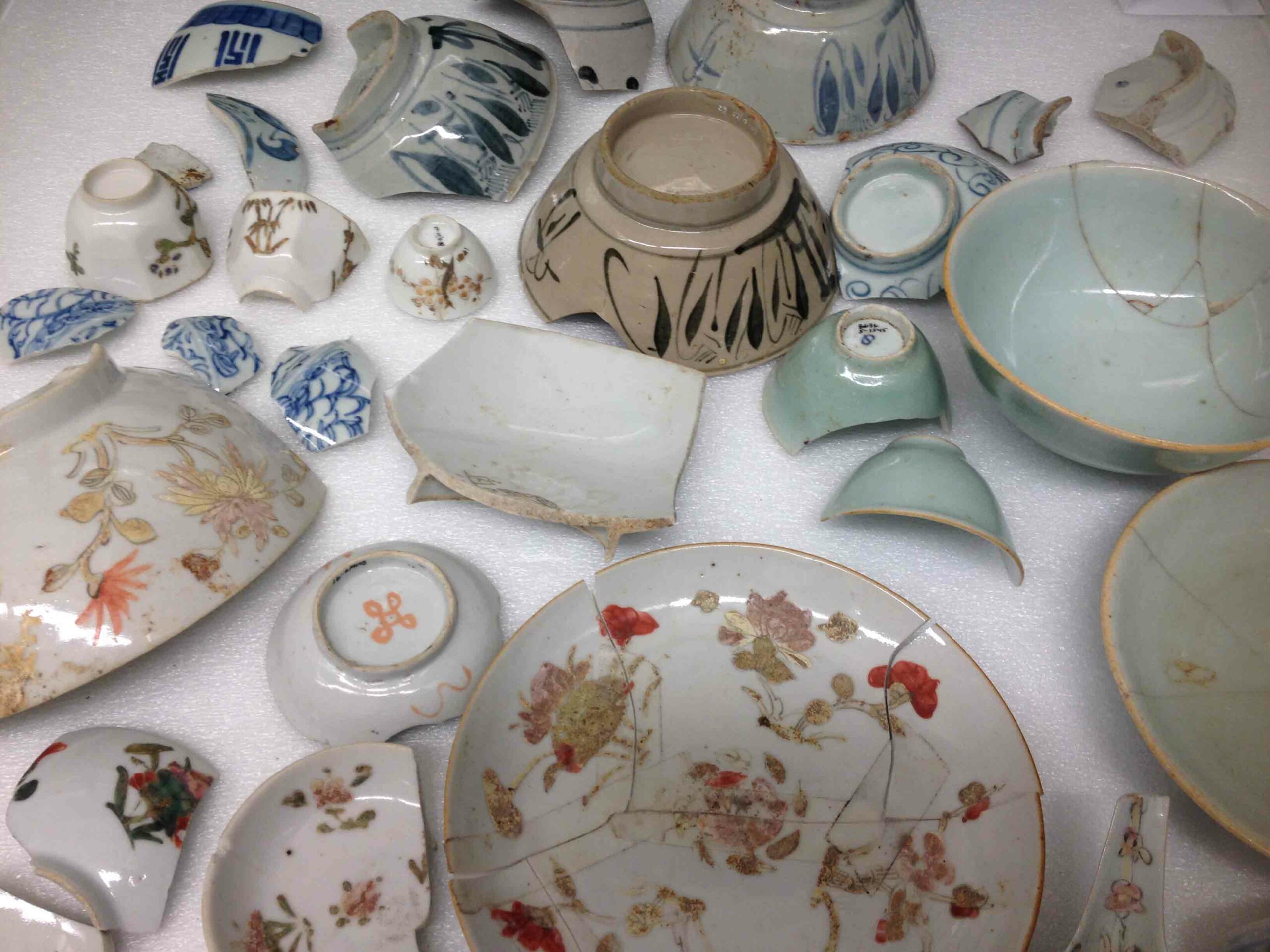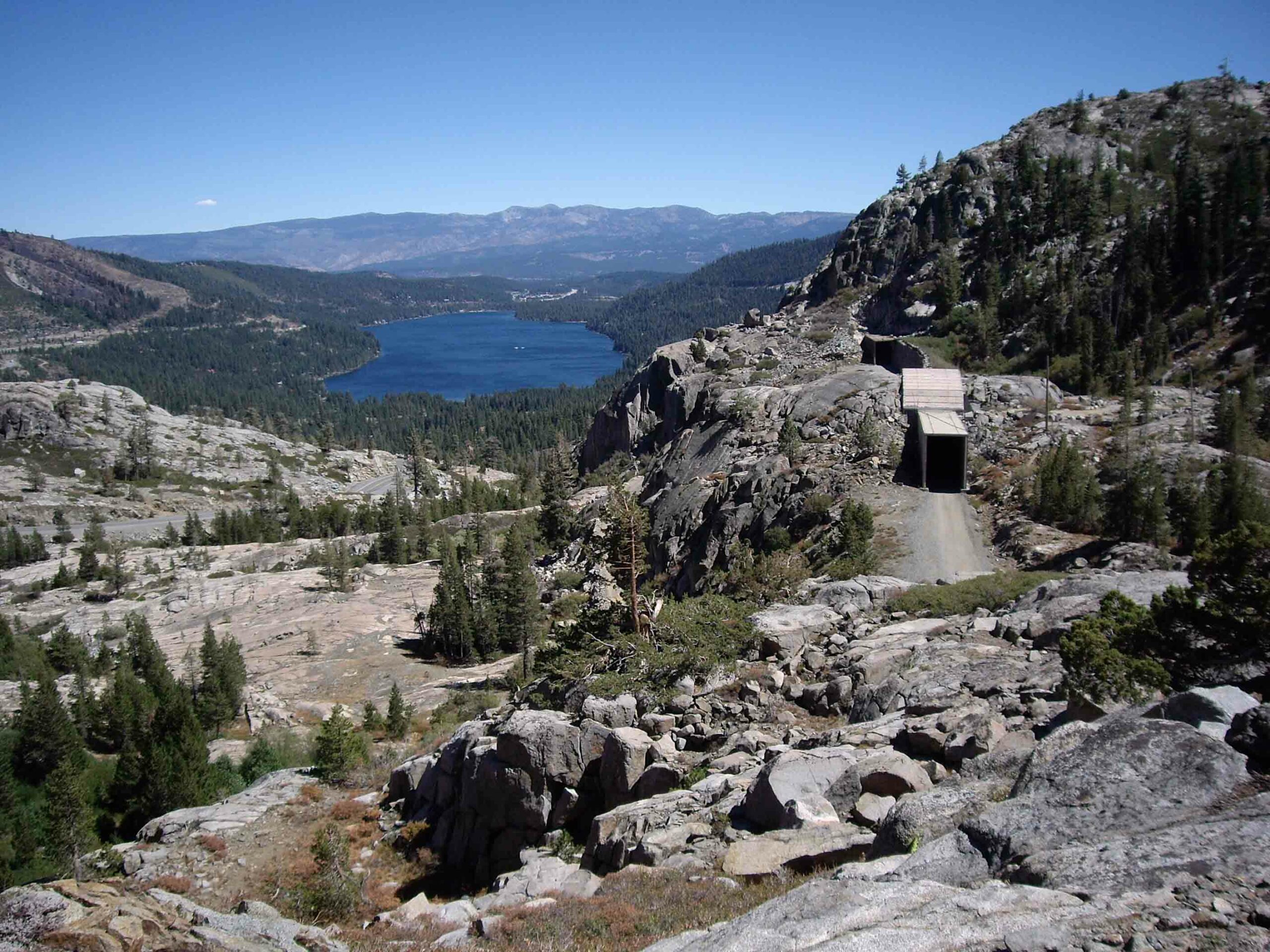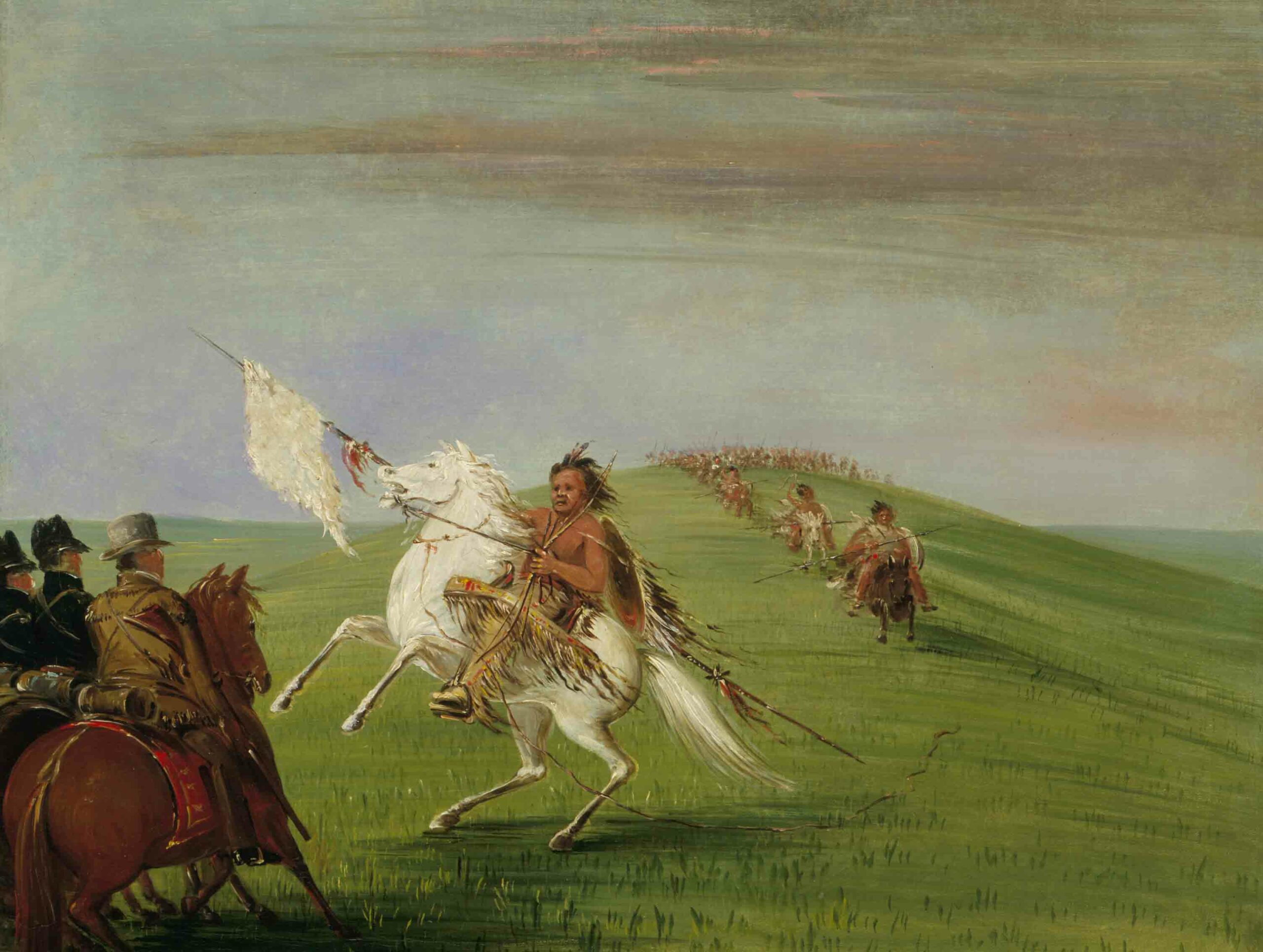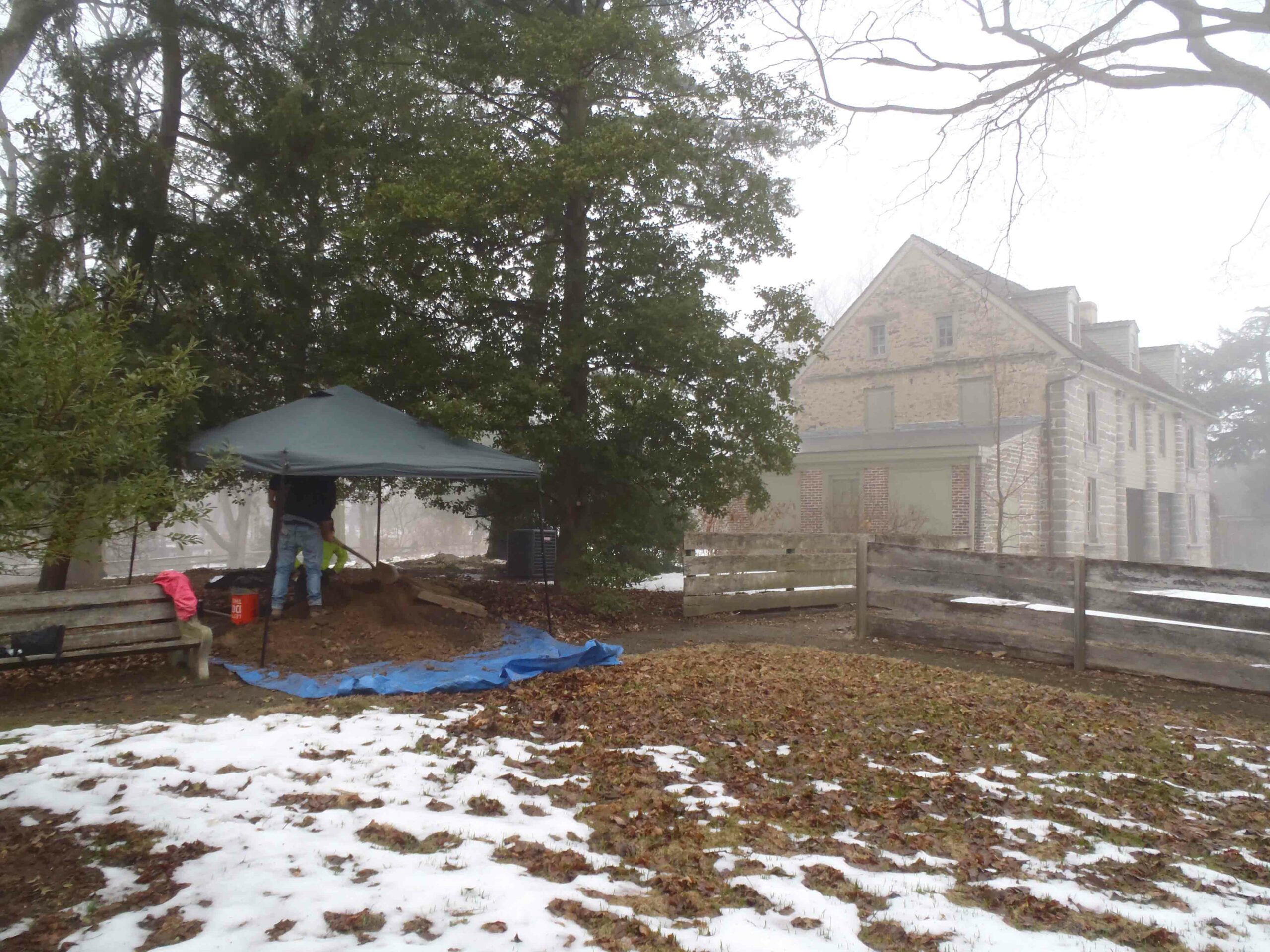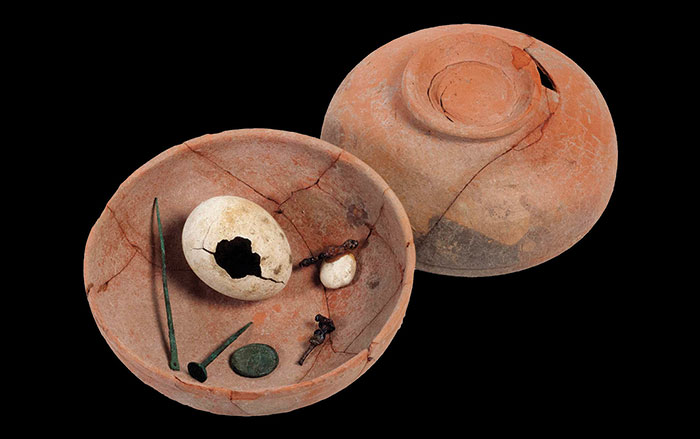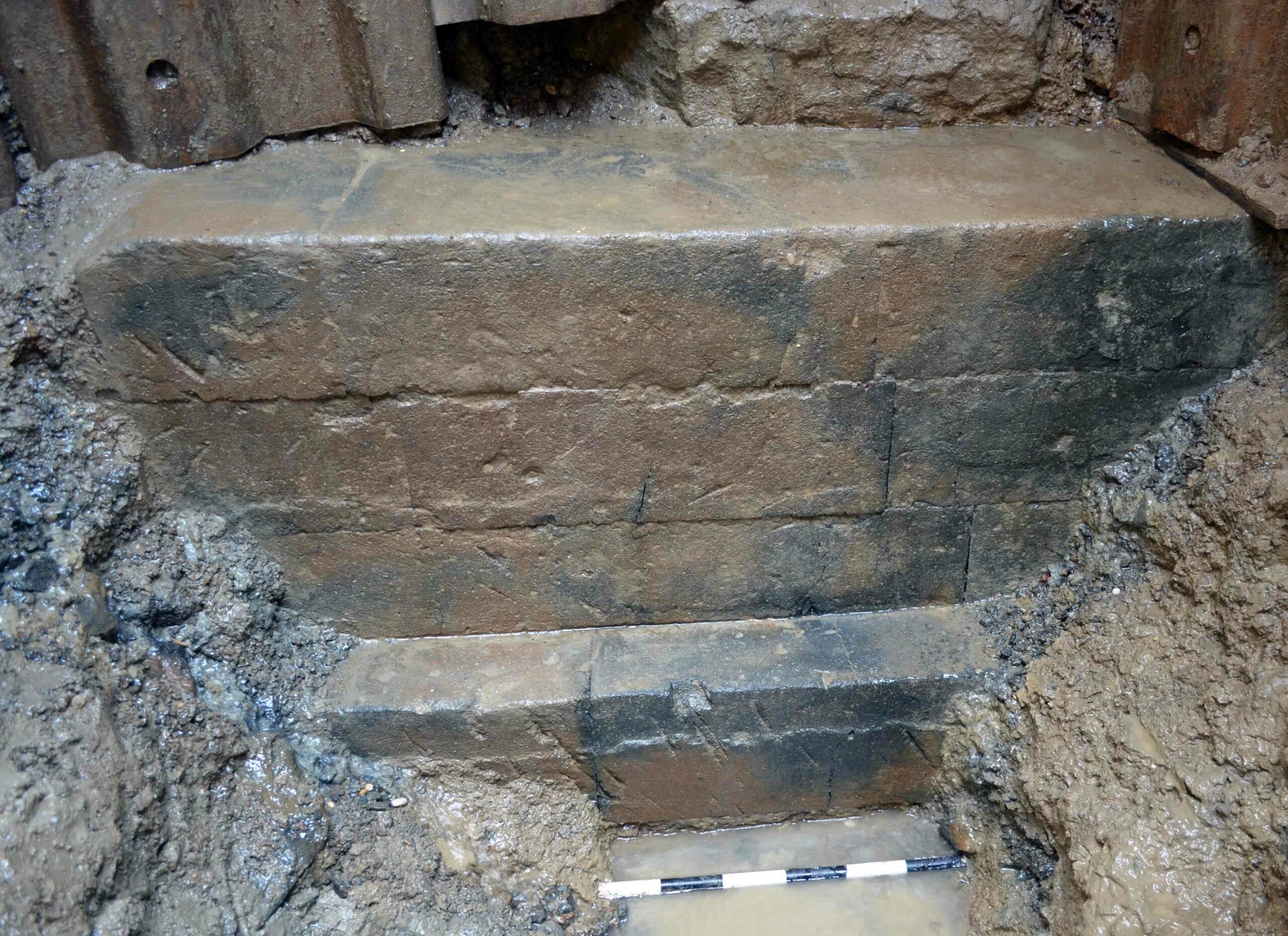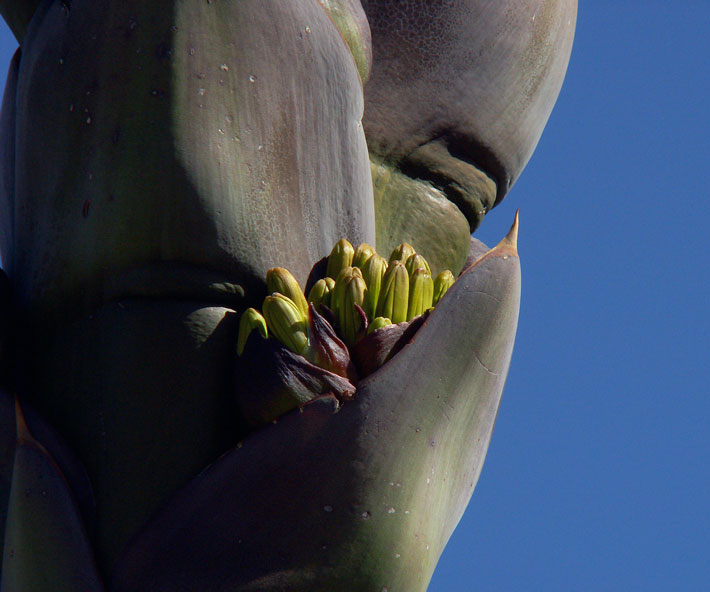
It doesn’t take a connoisseur to know that much of the Chinese food sold in the United States today is hardly the same as traditional Chinese cuisine. We can think of it as Chinese-American food, and its roots likely lie in the kitchens, restaurants, and hearths of nineteenth-century Chinatowns in the West.
Since most of the early Chinese immigrants came from southern China, their cuisine was based on the Cantonese food cooked in Guangdong, mostly rice, vegetables, and pork or fish. The American populace vilified Chinese food as smelly, suspect, and unhealthy. The Chinese cooked their traditional food using both imported ingredients and local substitutes, and catered to local tastes when they had to. “It is fairly similar to other immigrant food situations around the world and in the past,” says Ryan Kennedy, a graduate student at Indiana University who is studying the subject.
The collection from Market Street Chinatown in San Jose includes around 140 soil samples taken from what were probably food storage areas. Stanford’s Voss recently sent samples to Linda Scott-Cummings of the PaleoResearch Institute in Golden, Colorado, to have them analyzed for seeds, pollen, and phytoliths (small pieces of silica that form in plant tissues). There was evidence of rice, as one might expect, but there were also signs of wheat, barley, and millet, which might have been used to make northern Chinese–style noodles.
Scott-Cummings also found evidence of a huge range of vegetables—some familiar to Chinese cooking (bitter melon and jujube, also known as a Chinese date) and some new (gooseberry, walnut), as well as indications of interaction between San Jose’s Chinese and Hispanic populations (corn and tomatillo). Among the standout finds was pollen from agave. Young agave buds look much like lily buds, which are used in traditional Chinese dishes. In fact, Scott-Cummings has observed pollen from other members of the lily family at Chinese sites in Wyoming and Montana, suggesting that local populations often sought out substitutions for this cherished food item. “When you’re living on a different continent, you get whatever you can,” she says.
At other sites, archaeologists have found that the Chinese ate much more beef in the Unites States than they would have in China, where cows were too valuable as beasts of burden to be eaten. “It would have been a departure from what they were eating in China,” says Kennedy. “People are trying new things.”


